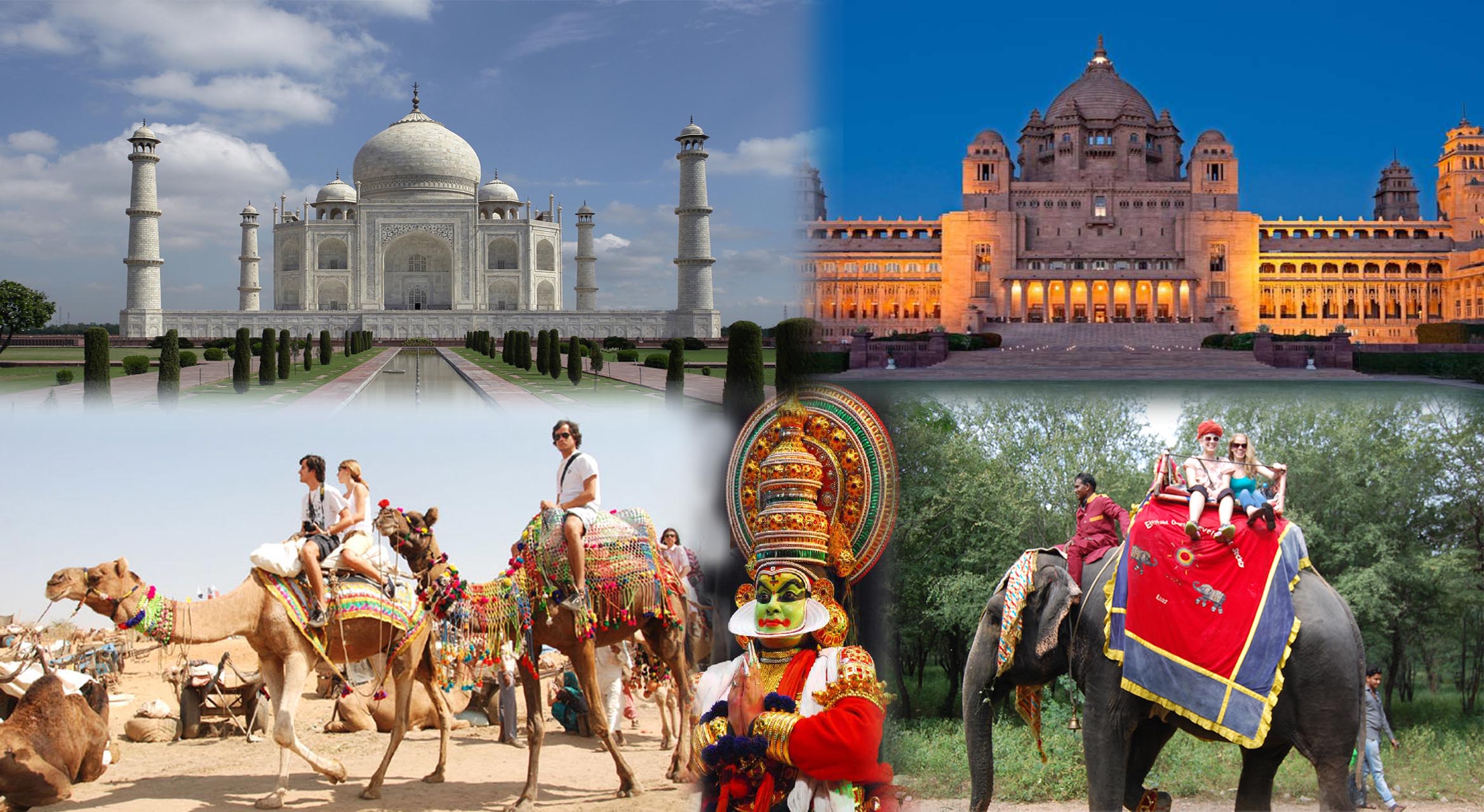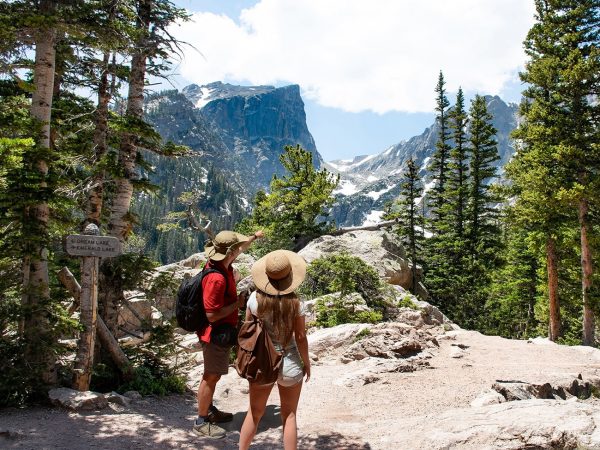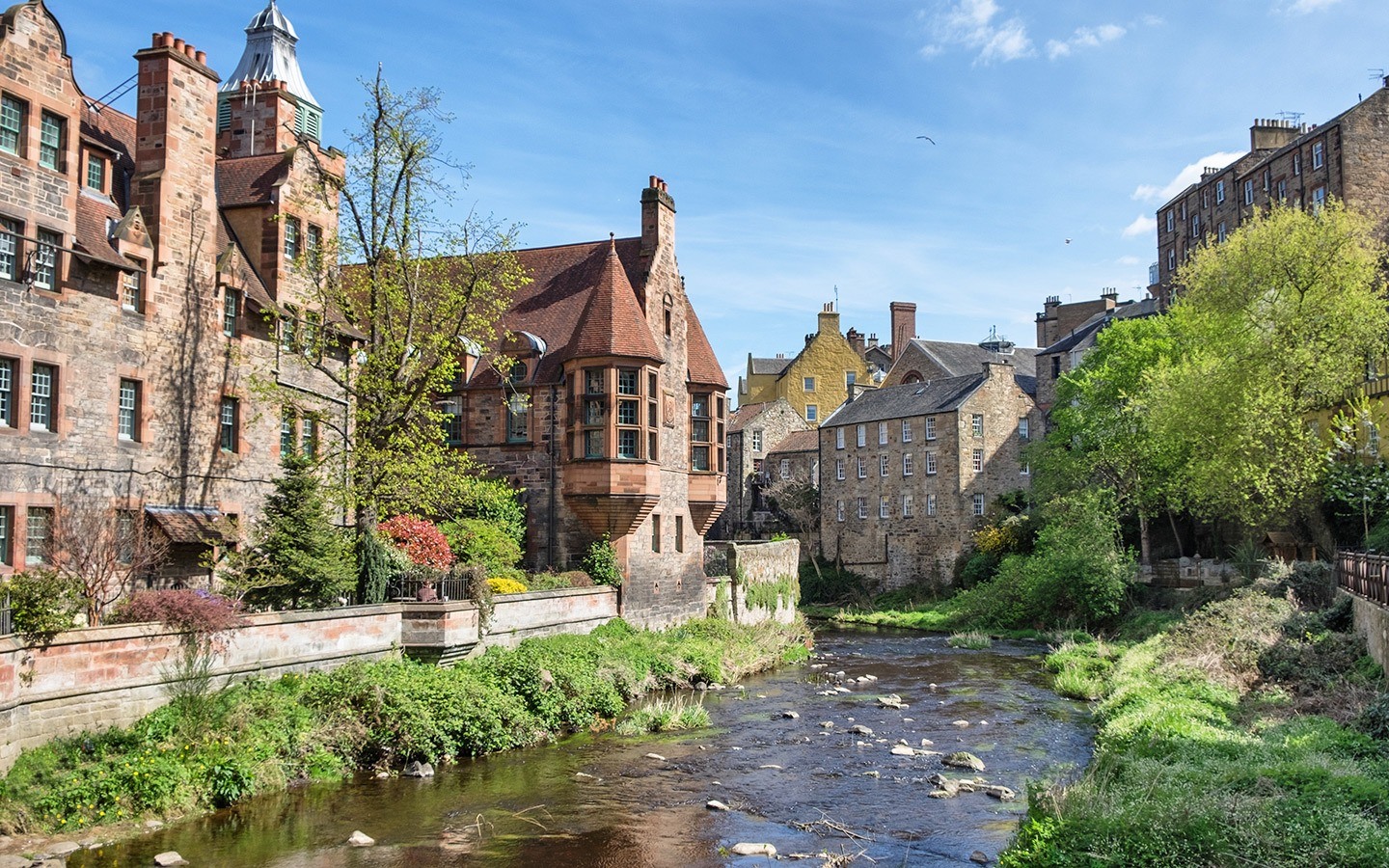If you are thinking of a trip to India, you need to consider when you go carefully. The weather can play a large role in what you are able to do during your holiday. The size of the country also leads to different weather in different parts of the country that you need to take into account.
When Is The Best Time To Visit?
The best time to travel to India will be during the dry season. This season runs from November to March. The weather will be dry and cool, remaining comfortable regardless of where you are in the country. This is the ideal time for most people to visit.
This is also the time of year when many festivals will take place, making it a great time for tourists. While the heat is comfortable, there can still be humidity, and you need to ensure you stay hydrated. This is particularly important if you are heading to the southern regions of India, which are typically hotter than the north.
If you are going south, the best time will be between January and March. April is when this region starts to heat up, and many tourists find May to June stifling. If you are unable to stand hot and humid weather, going to this region early in the year is recommended.
If you want to access the Himalayas, you should look at March onwards for your trip. This is when the mountain range becomes accessible for hikers, and the trekking season lasts until August or September.
Be Careful Around Monsoon
Monsoon or the wet season is a major feature of the Asian subcontinent, and you need to be aware of this when planning a trip to India. The wet season starts at different times, depending on the region of the country you are traveling in. The end of May is when monsoon first hits the coast of Kerala.
Over the next month and a half, it will work through the northeast of the country. In the north, monsoon will mostly subside by September, but the clouds continue in the south. Between October and December, the eastern coast of India will get a second hit from the monsoon. By December, the entire country will be passed the wet season.
At the height of the wet season, certain areas of the country are prone to flooding, and there can be a disruption in communication. In the foothills of the Himalayas, landslides are frequent when the monsoon comes. In the northern areas, monsoon will bring prolonged downpours, followed by hot sunshine that can make it extremely humid.
The Best Month To Visit India
While it is important to know how the weather affects your visit, you might want to consider what the best month to travel to India is. November and February are considered by many to be the best months to visit India. These months are on the edge of the peak tourist season, meaning there will be fewer tourists around. They also straddle the wet season allowing you to enjoy the country before the monsoon.
Where To Visit
Where you are going will play a role in when you should go. If you want to hit the beach towns of Goa, the best time will be between November and January. The weather will be dry, and you get a bit of post-monsoon humidity. However, this is a very popular time to visit, which means you should book everything well in advance.
This same time is when you might want to avoid Delhi. During these months, Delhi will generally experience its worst smog levels. Air pollution in the city can be extreme, and you might want to avoid this.
If you want to see more of the wildlife in India, the best time will be March. This is also the month when Holi, the festival of colors, is celebrated. However, at this time, the temperatures are starting to increase, and by late March, you could face 33°C.
India is an amazing country to visit, but you need to do this at the right time. The dry season is the best time to visit, and you may want to avoid the monsoon. You should also consider where you want to go as this can affect when you should book.





